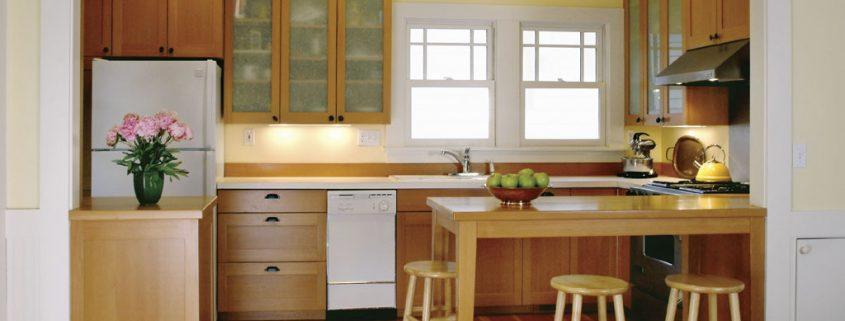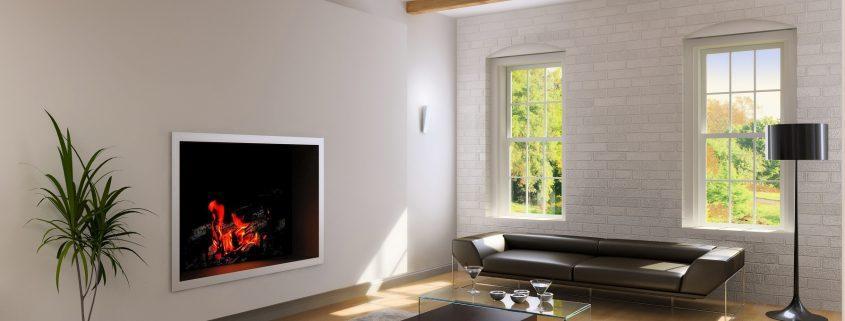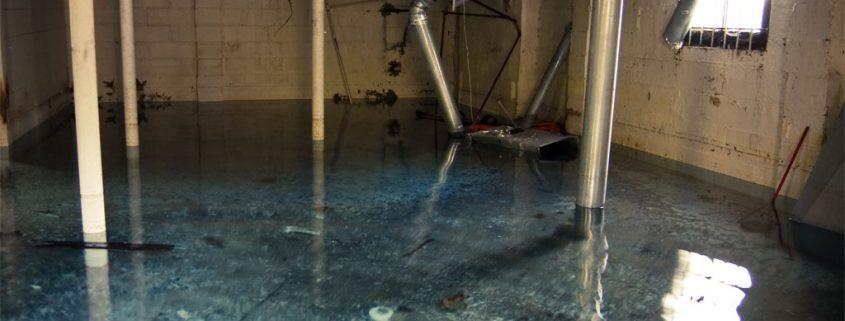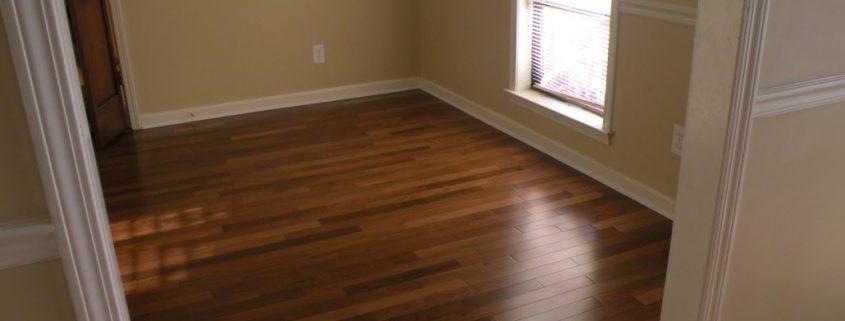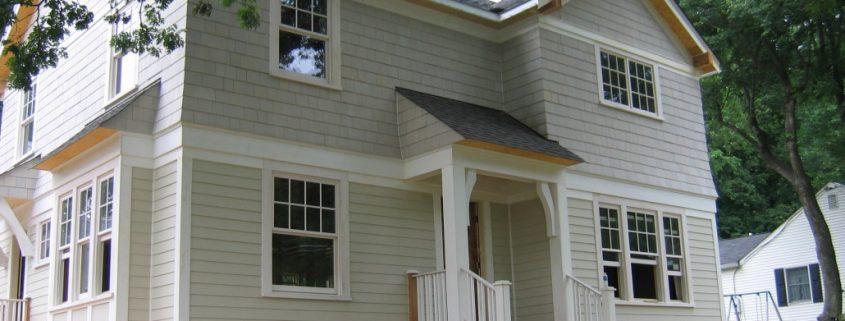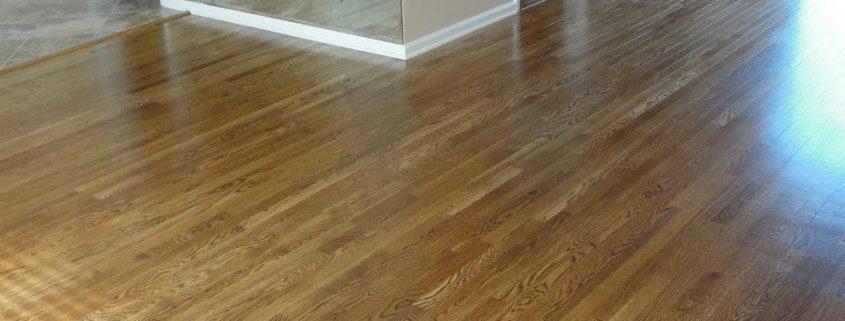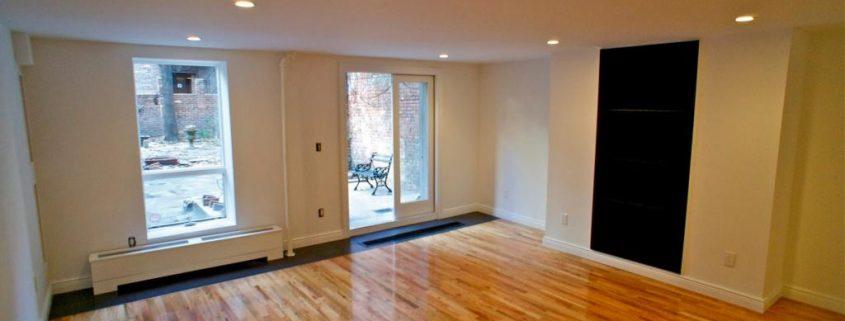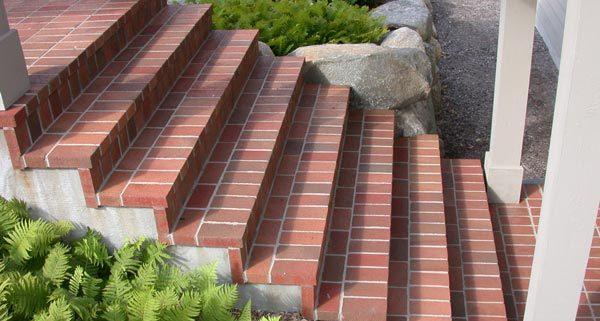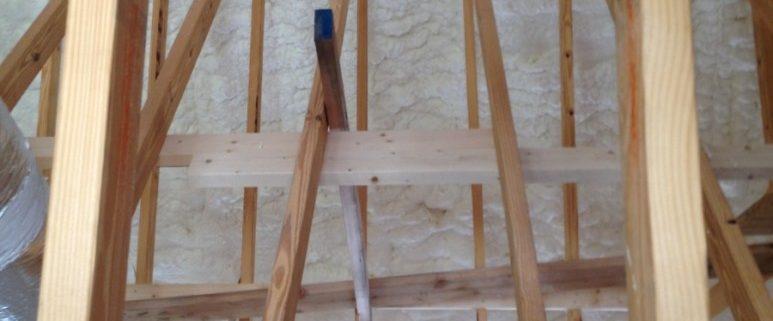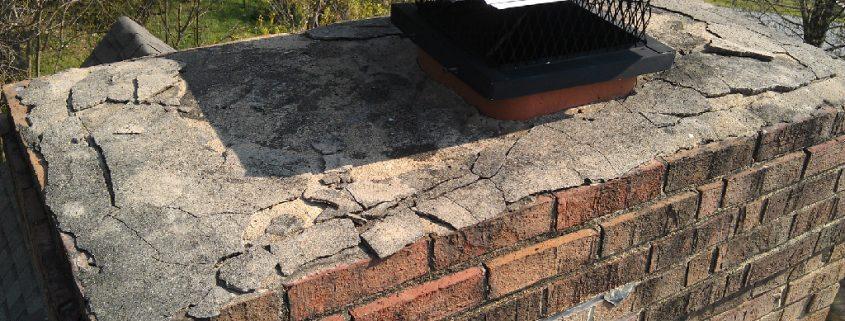Tips to make your space look bigger from an interior designer
There are several methods to make a small room seem bigger that an interior designer will use. Here are some of the tips and tricks that can make the smallest spaces seem larger that you can use during home decoration.
An experienced Interior designer will space out the furniture
One of the tricks that an interior designer will use to make a room seem larger is to leave spaces between different items of furniture. While some interior designers may recommend pushing the furniture against the wall, floating large items like sofas can achieve a better effect. You can add a thin console behind the sofa. Similarly, the interior decorator may also tell you to angle the bed. Leaving empty spaces around furniture will make the space seem roomier.
An interior designer will use colour
Another favourite trick for an interior designer is using light shades to paint the walls. This gives the room a light and airy feeling leading to the appearance of a larger space. Colours such as cream, light greys and white are great options for smaller rooms. Using a monochromatic colour scheme can also work well. Often, an interior designer will use shades of one colour to decorate a room to give it an airy feel. Adding some focus pieces to the ceiling will also give the illusion of height and airiness in a room.
Interior designers choose furniture carefully
Often, an interior designer will recommend pieces that can have multiple functions. This will allow you to put fewer items in the room and not feel like you are missing functionality. A large and sturdy ottoman can also be used as a coffee table. Similarly, vintage trucks can be used as tables as well as for the storage space inside. A professional interior designer will also recommend items that fold away which can be stowed when not being used to keep the area clean and streamlined.
Mirrors can make a room seem airier
A mirror is a very popular item for an interior designer to use to make a room seem larger. They can be used in a variety of ways. Large wall-to-wall mirrors can add to the look but you can also go for multiple smaller mirrors in a salon like style to get the same effect. It is important to make sure that you do not over-do it with the mirrors as they may sometimes detract from the effect. The mirrors will add light to the room immediately and make the space seem lighter and airier.
Accessories can make a room larger
There are many accessories that an interior designer can use to make a room look and feel larger. Adding plants to a room will keep the air drier and cleaner which can make a room seem airier and less stuffy. Similarly, using different textures can add to the area feeling larger as the eye is drawn to the different pieces. Light accessories like wicker furniture and baskets also help to make a room look lighter and roomier.
An experienced interior designer will use these tricks to convert a small space into a roomier living area. There are many options available that can fool homeowners and a visitor alike into thinking a room is larger than it is.


